Reportar esta entrada
Más sobre la misma comunidad-colección
Douglass High School - Belearphron Mathis Collins - 1940
Attended college in Kansas City, Missouri. Married Henry Dupree. ...
Preparatoria Douglass - Leatrice Mathis McKinney - 1940
Attended college in Kansas City, Missouri. Married Lonnis ...
Douglass High School - Leola B. Roberts Rivers - 1940
Attended Juliet Beauty Academy in San Francisco, California and ...
Douglass High School - Jewel Allen - 1941
Jewel Allen served several years as an Army Officer. She now ...
Girl Playing Violin in Ysleta school orchestra - 1990
Girl playing violin in Ysleta school orchestra - El Paso, Texas.
Ysleta cafeteria workers - El Paso, Texas
Ysleta Independent School Cafeteria Managers 1991. They gather ...
Ysleta Girls Count - Evelyn Bell - 1992
Evelyn Bell instructs teenage girls as part of Ysleta Girls ...
Herlinda Wong Chew - New China Grocery - 1935
Herlinda Wong Chew - New China Grocery - located on Overland ...
Monica Gomez - 1984 - El Paso, Texas
Monica Gomez - active journalist in El Paso, Texas shown in ...
Mr. Guereca - Cathedral High School - 1991
Cathedral High School - Mr. Guereca - Cathedral High School - ...

















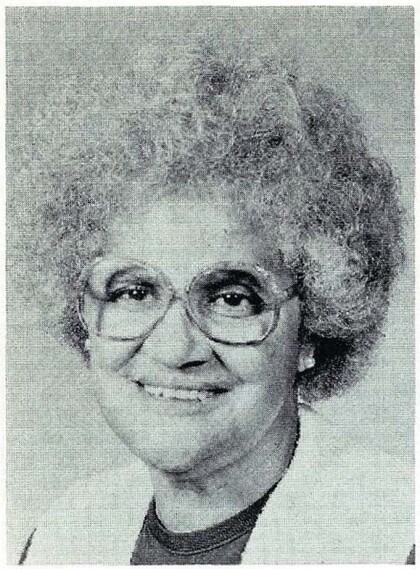
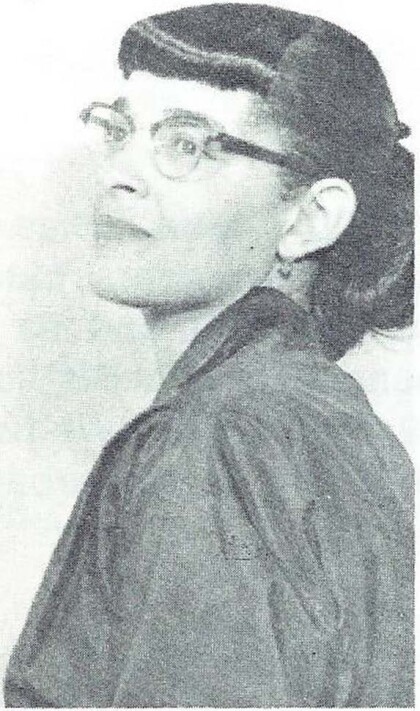
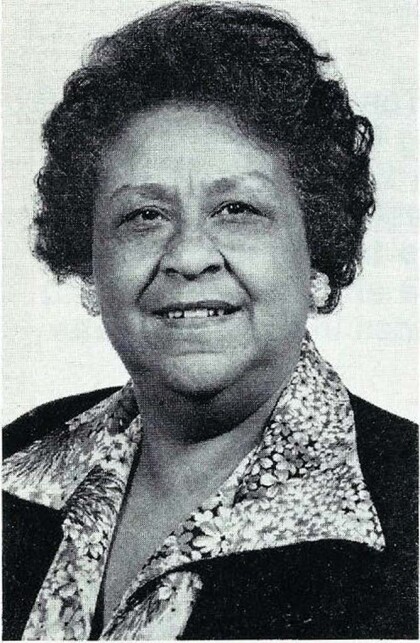
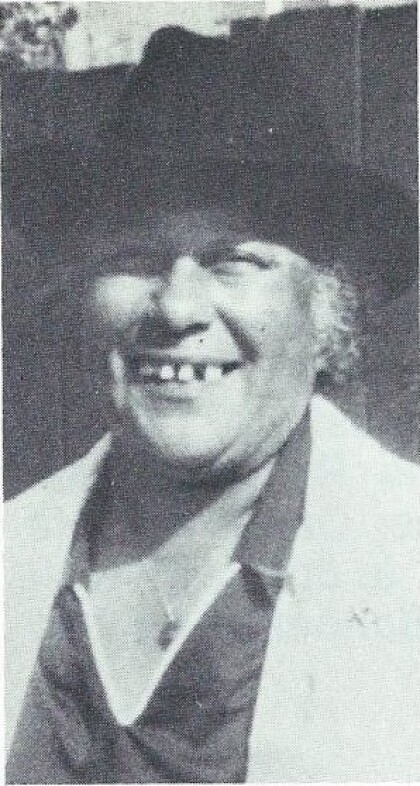
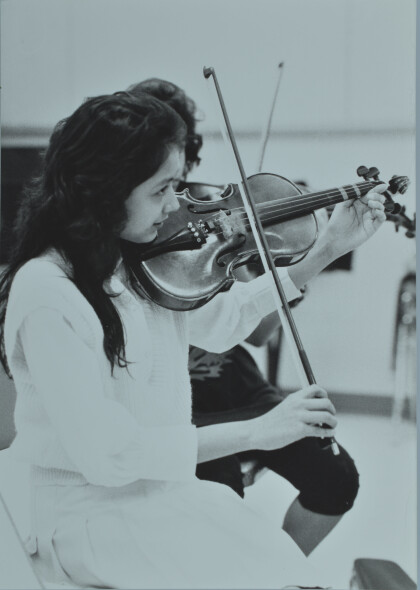
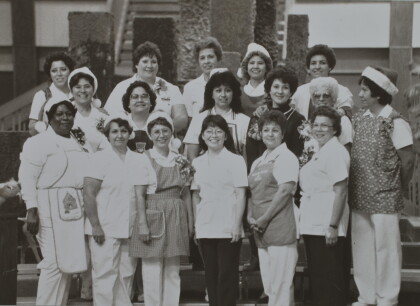
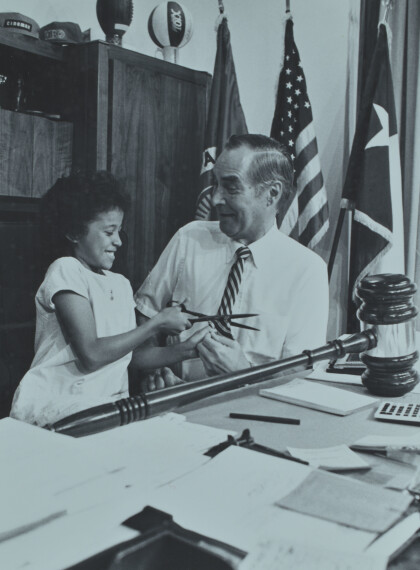

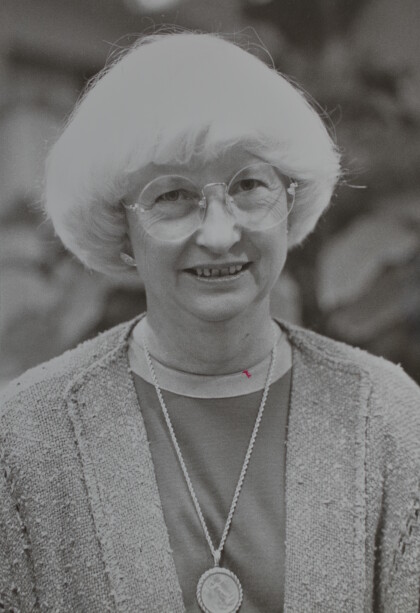
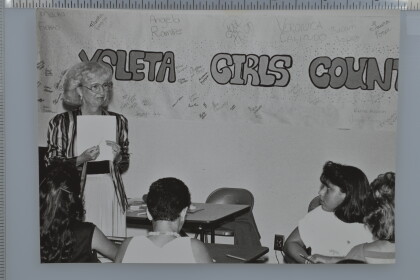
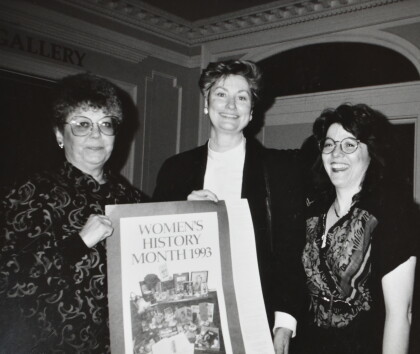
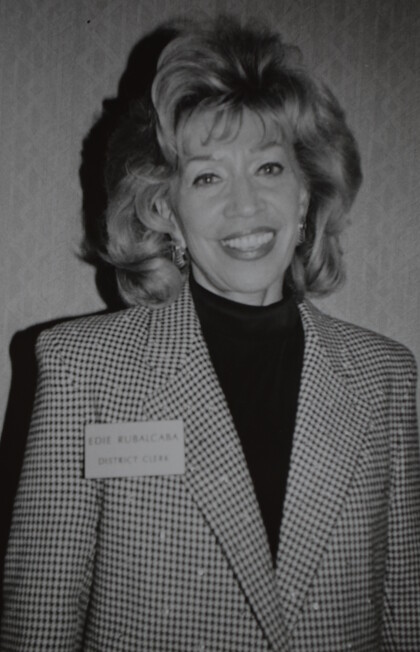
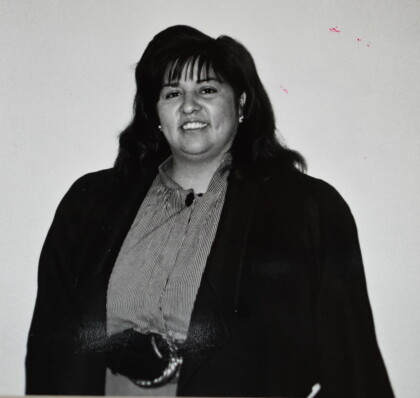
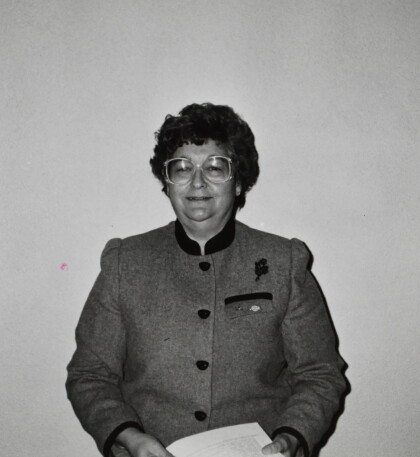
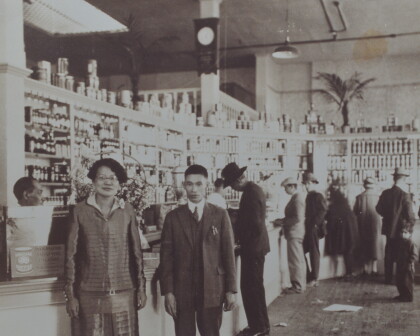
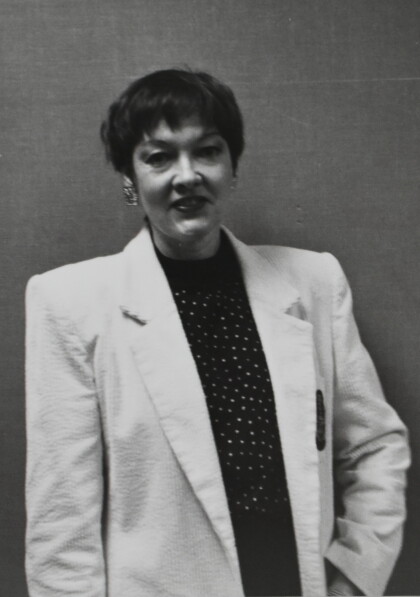
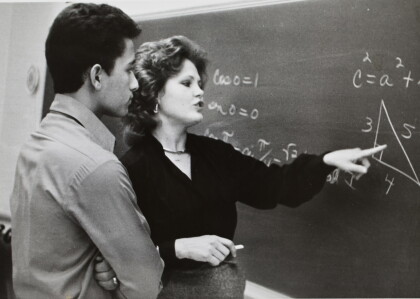

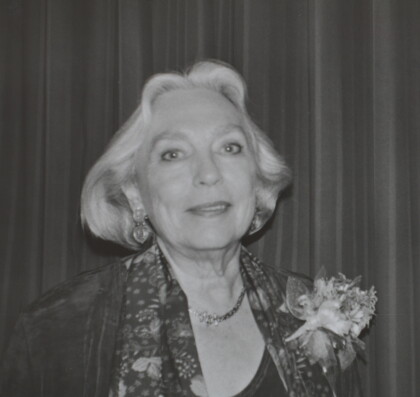
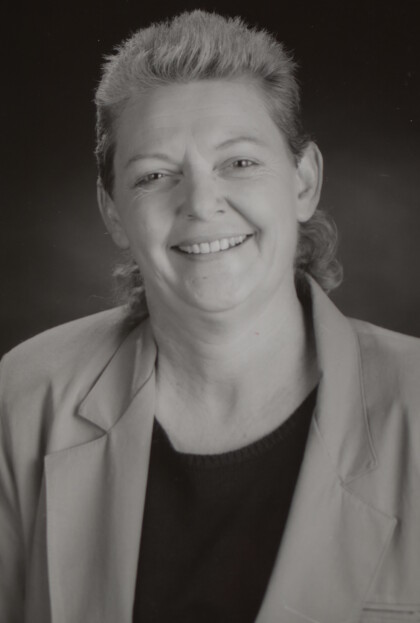
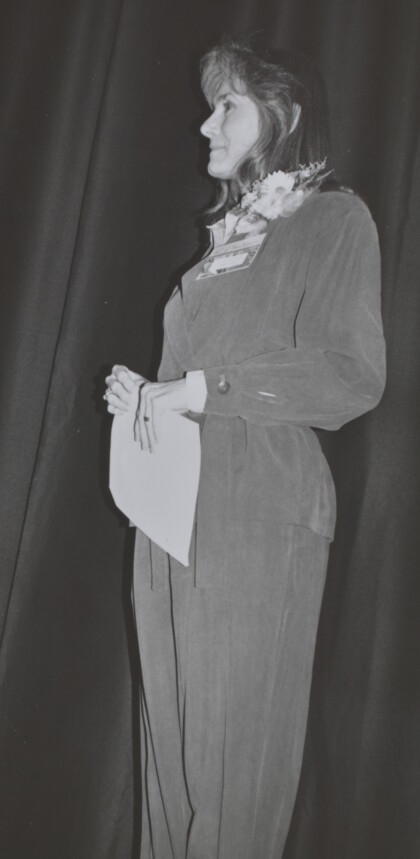
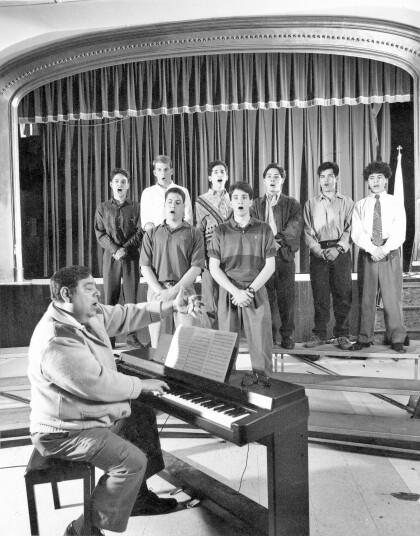
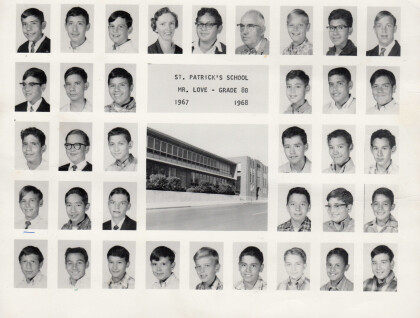
Comentarios
Hacer un comentario